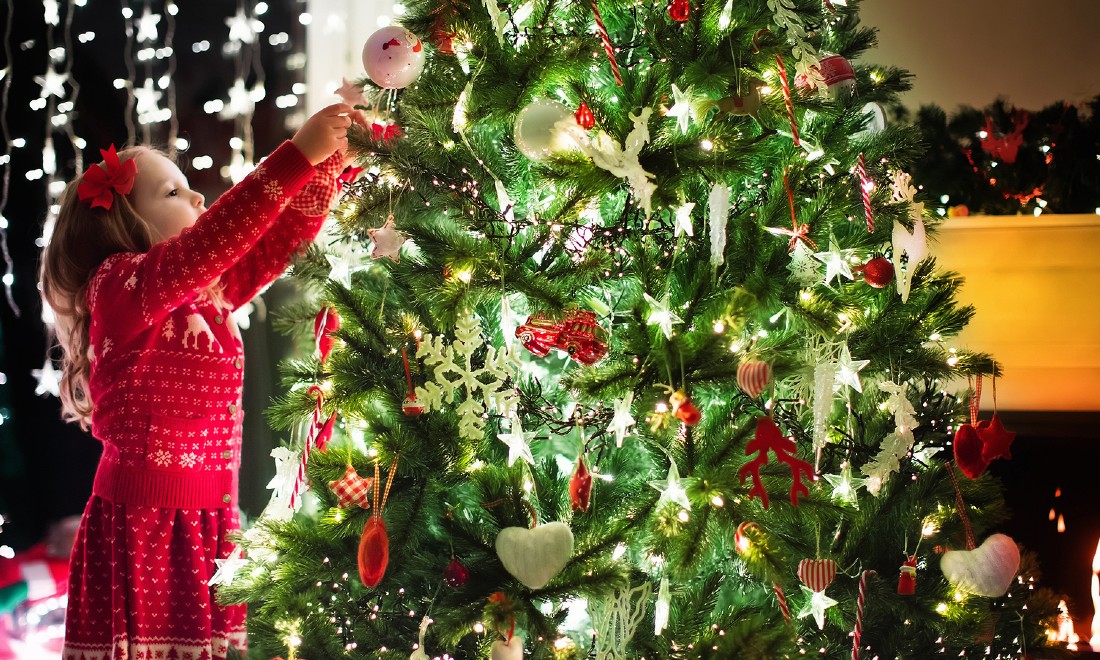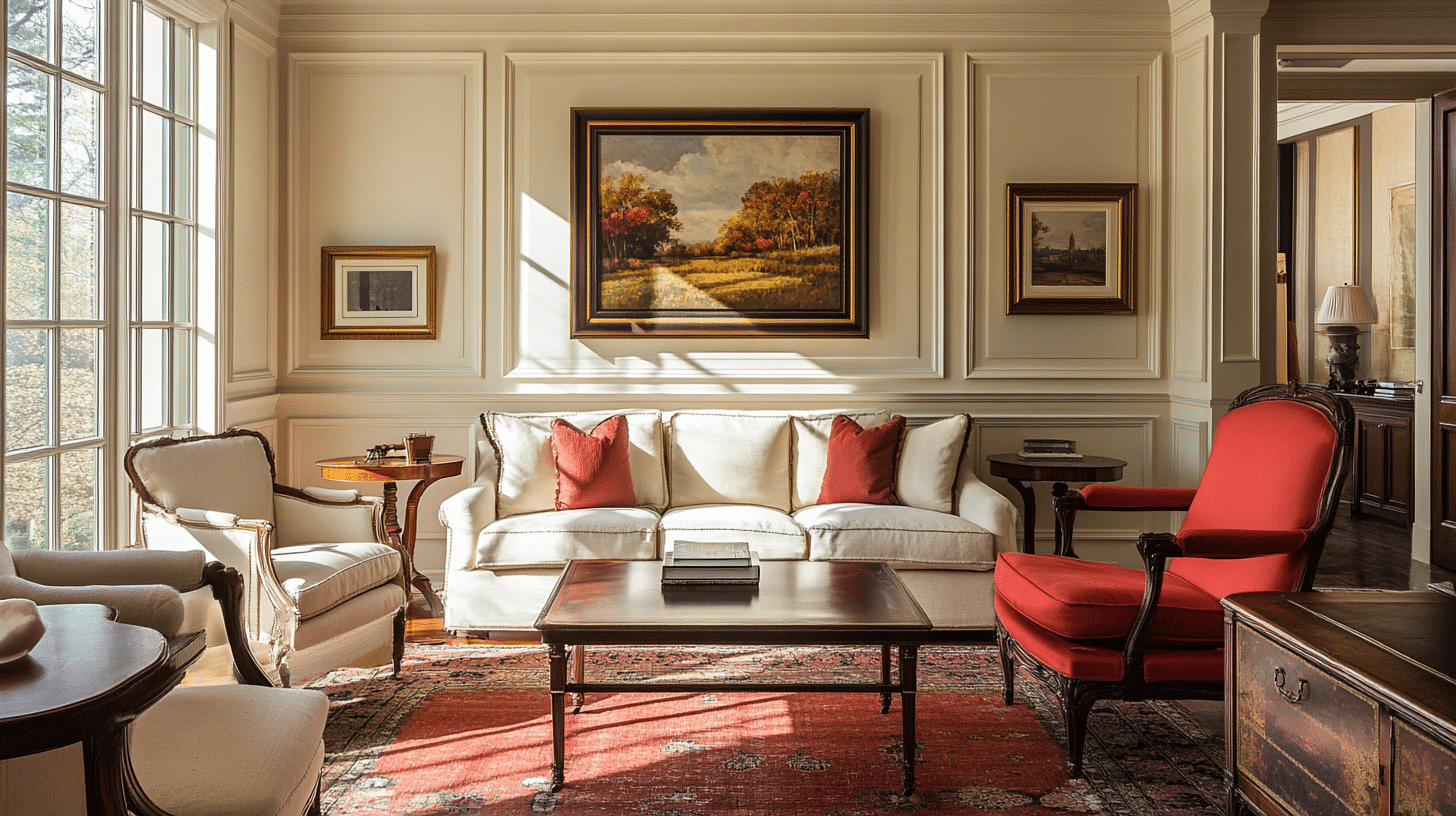Which Country Started the Tradition of Putting up a Christmas Tree?
Christmas is synonymous with lights, happiness, and festivity. A Christmas tree is decorated with various items such as gifts, lighting, and funky decorations, which is a treat to the eyes.
It can be said that it is impossible to imagine a Christmas celebration without a Christmas tree. The first thing on the list of Christmas items is the tree itself.
Today, it is a common tradition of putting up a Christmas tree worldwide, but has it always been like that? How did it all start?
The tradition originated in Germany. According to many experts, Germany was the first country where houses were decorated with Christmas trees.
Putting and decorating the Christmas tree has become such a popular holiday tradition. Let us look at how Germany became the first place to put up a Christmas tree.
Origin of Christmas Tree

Evergreen trees hold a special meaning for people around the world as they represent the spirit of positivity.
Many stand strong in their belief that the evergreen trees symbolize everlasting life. It also represents a ray of hope amidst the darkness!
The practice of using evergreen trees for decorating houses was popular way before Christianity.
People decorated their places with these evergreen trees to welcome happiness, positivity, and festivity.
It was in the 15th or 16th century that Christmas trees were seen and decorated in Germany for the first time.
The German Tradition of Christmas Tree
The story goes back to the 16th century when Martin Luther, a popular protestant reformer, decorated the first pine tree for celebrations.
While he was walking back through a pine forest, he was deeply attracted by the beauty of the light from the stars through the trees.
He was so awestruck by the beauty that he decided to capture the moment’s beauty forever.
He set up a small tree at his place and decorated it with lights and candles as a mimic of the twinkling stars.
It is believed that soon the tradition of setting and decorating the Christmas tree spread throughout Germany.
Everyone had their own creative and innovative ideas to glitter up the Christmas tree to grab attention.
The tradition grew stronger and is, to date, widely celebrated around the world as a symbol of everlasting life and happiness.
There is also another assumption that the Christmas tree became popular in Germany with the English missionary St. Boniface.
He encountered the pagan human sacrifice under the Oak tree dedicated to Thor.
Boniface cut down the tree with an ax, and within no time, a fir tree grew in its place.
When he was not struck by Thor (their believed God), he proclaimed that the branches of a new fir tree represent Christ’s eternal truth.
There are also many assumptions that Boniface even cut the fir tree and hung it upside down.
This initiated the tradition of hanging fir trees upside down as a representation of the holy trinity.
Introduction of Christmas Tree to England, France and America
Many claims support that it was Germany that introduced the Christmas tree to England, America, and France.
The whole idea of putting up and decorating a Christmas tree in the houses spread within no time into the rest of the world.
The Germans settled in Pennsylvania and introduced America to the Christmas tree.
Queen Victoria’s husband, Prince Albert, also a German, exported the Christmas tree to the UK.
In the year 1848, the popular Illustrated London News published an image of the royal family happily celebrating near the Christmas tree.
It was after this that the Christmas tree became a part of all the British upper classes.
German Connection with Christmas Decoration
Interestingly, besides the Christmas tree, the Christmas ornaments (decorations on the Christmas tree) also have a German connection. The very first glass bauble was made in Thuringia, a German state.
Years later, a German scientist, Justus Von Liebig, gave the glass baubles a shiny and reflective appearance by adding silver nitrate solution. This made the glass baubles more attractive and enhanced the overall beauty of the Christmas tree.
With the passing years, the Christmas tree tradition became international, overwhelming the world with joy, prosperity, and happiness. Nowadays, the Christmas tree is decorated with electric lights, glitters, and many other items.
Despite the modern decorative items, the spirit of Christmas is still shining bright. People still celebrate Christmas by putting a well-decorated Christmas tree as a symbol of new beginnings and everlasting life.
Christmas Tree Around the Globe

Though the idea of putting a Christmas tree started in Germany, many countries have adopted the same but with a twist.
In Brazil and South Africa, tiny cotton balls are used to decorate the tree as Christmas falls during the summer season.
Japan uses origami figures to decorate the Christmas tree. In the Philippines, people make their own Christmas trees with bamboo sticks, as the original ones are quite expensive.
The artificial Christmas trees are then decorated using colorful paper and other tiny accessories. Despite the added twist, the spirit of Christmas is still the same throughout.
Summing It Up
Christmas trees have reached worldwide; however, the tradition is rooted in Germany. Germans migrated to other parts of the world and took the Christmas tree with them.
It was within no time that the whole world was seen cherishing the spirit of Christmas by putting a decorated Christmas tree in their place.
Soon, the artificial goose-feather trees also became a part of the tradition practiced in many parts. Over time, goose feathers are replaced by many other materials.
What are your thoughts about the origin of the Christmas tree? Feel free to connect with us in the comment section for more details.







